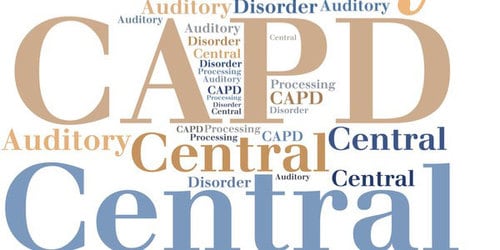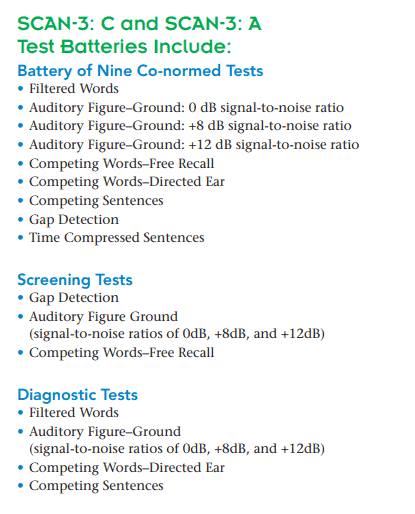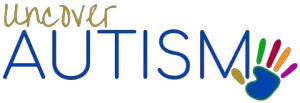Diana takes care to look at history of every child she works with from pregnancy through to present day. She uses a range of testing measures that enable parents to see progress over time. These testing measures include (but are not limited to):
Boxall Profile:

Used a lot int he UK as the premium testing tool for young children, The Boxall Profile is a 2 part tool used to gauge children’s social, emotional and behavioral functioning and well being.
Suitable for children as young as 4 years, it provides valuable insight into which area or areas a child may have small or significant challenges in.
The Boxall Profile is a quick and simple two-part checklist, which is completed by someone who knows your child the best (it could be you or a teacher – someone who sees and observes them regularly and often. The most useful feedback this tool gives is that it identifies the levels of skills the children and young people possess to access learning.
Scan C:

Scan C for Children and Scan C for Adolescents and Adults is the most comprehensive tool we use for auditory processing challenges.
It allows us to test 9 co-normed areas as well as 3 screening tests and 4 diagnostic tests.
While easy to administer and complete, these results give precise information as to how a child processes sound which is usually eye opening for parents to see.

In our initial hour long consultation, we will use a variety of testing procedures.
Every six weeks at your follow up appointment (30 mins) we will retest a couple of the subtests so we can keep track of progress made over time.
This feedback is invaluable to direct the therapy chosen and for us to measure changes that are occurring.
It also helps parents to see, in a detailed way, changes that are occurring in an area that is usually invisible.
The areas will be explained to you and why they are important (what they affect in every day life), giving you more understanding of your child’s challenges and what you can do to help them.
Primitive Reflex Testing:

Primitive Reflexes are retained essential reflexes from birth that have not been integrated into the sensory system.
Testing for these is important as these can also have a large impact on learning.
For example, the Asymmetrical Tonic Neck Reflex (more commonly known as the ATNR) can result in a child being dyslexic, having poor handwriting, poor eye-hand coordination and poor eye tracking skills which interfere with being able to read across a page without blinking halfway across.
These reflexes can be integrated over time with specific exercises that retrain the brain and stop the reflexes from blocking learning.
TAVS Testing:

The Test of Auditory and Visual Skills (TAVS) is a versatile screening tool developed to assess a range of fundamental auditory and visual skills.
These basic skills are well understood to be vital for the higher-level development of phonological awareness, speech, reading, memory and attention. TAVS assesses many of the underpinning sensory skills necessary to learn to read, speak, listen and concentrate.
TAPS Testing:

Another option in our battery of tests is Language Processing Skills Assessment known as TAPS.
It tests 3 areas:
- phonological processing
- auditory memory
- listening comprehension
All three areas are required for listening and communication skills and lay the foundation for high level cortical language skills, including reading. Identification of weaknesses in these areas is critical for recognizing where the brain needs to change to achieve better outcomes in reading and listening skills.
This in combination with other tests give us a clearer view of exactly where the gaps in learning are occurring and an accurate way to measure progress.
Other Diagnostic Tools
We also use other tools as necessary. These may include:
- Sample of drawing
- Sample of handwriting
- Our own personal observations during consultations
- Checklists
- Complete client summary survey
- Parent and teacher observations
- Feedback during home therapy
- Online Journals
- Other professional’s observations and diagnosis
